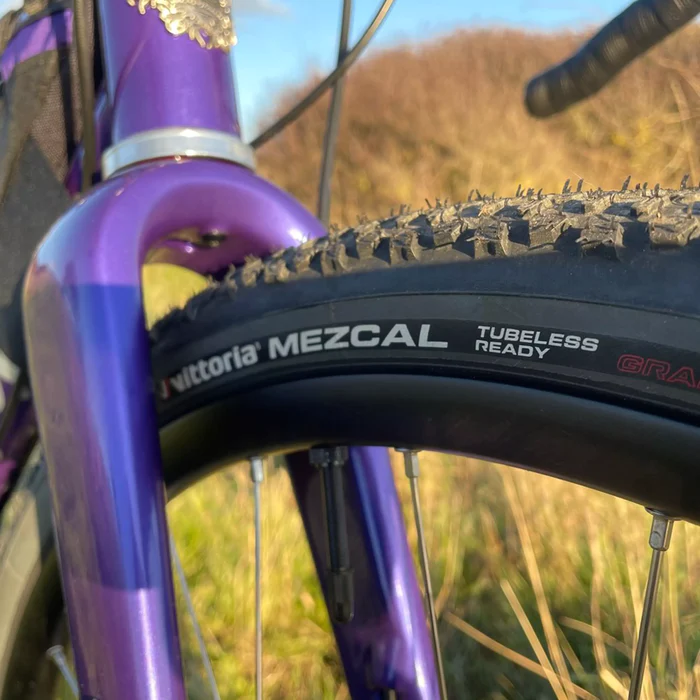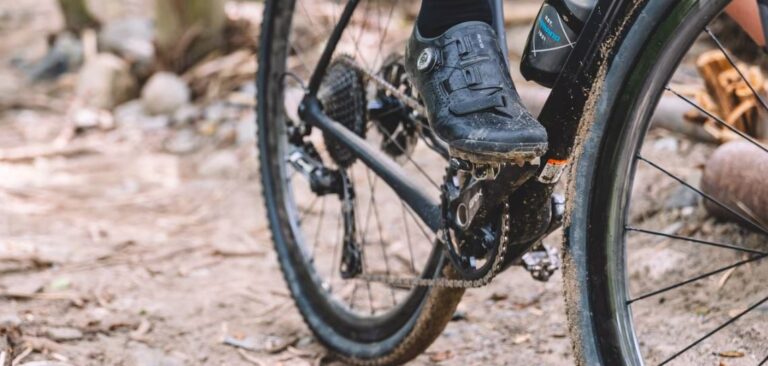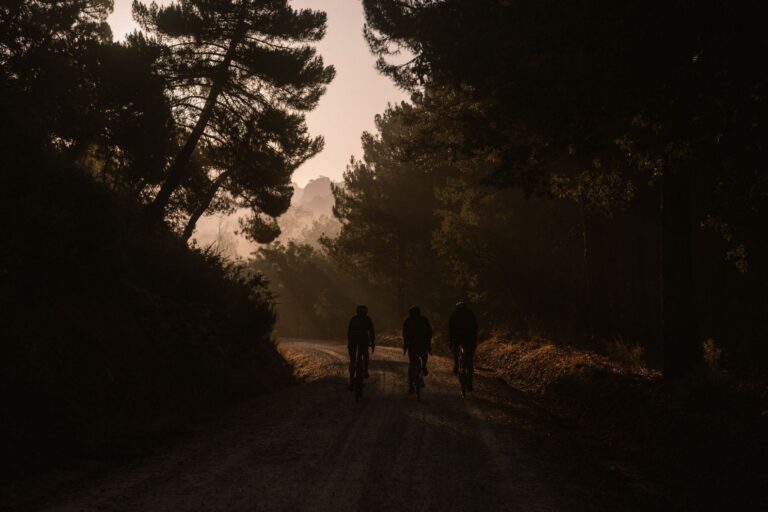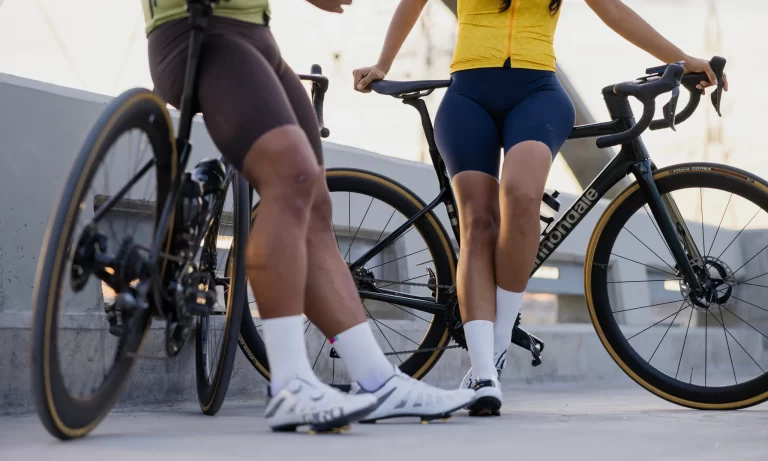Navigating Rolling Resistance in Gravel Bike Tires
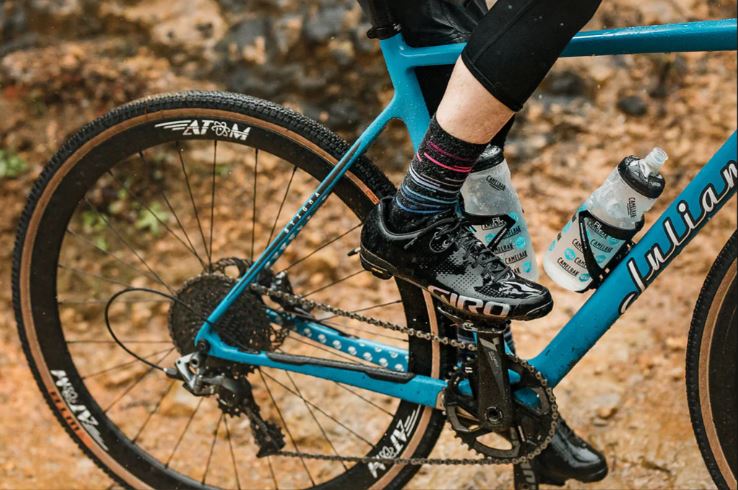
Key Point Summary of Rolling Resistance in Gravel Bike Tires:
- Rolling Resistance: A crucial factor that impacts how much energy you expend while cycling. Lower rolling resistance means increased efficiency and speed, especially pertinent to gravel biking.
- Gravel Bike Tires: Specifically designed to strike a balance between minimizing rolling resistance for speed and efficiency, and maximizing grip for safety and performance on loose surfaces.
- Efficiency and Speed: Optimal tire choice and pressure can significantly affect a gravel bike’s efficiency and speed, enhancing the overall riding experience on varied terrain.
As someone deeply ingrained in the cycling world, transitioning through the disciplines of mountain biking, gravel biking, and cyclocross, I’ve gathered a wealth of knowledge on how equipment choices can dramatically affect performance. One area of particular interest is the concept of rolling resistance in gravel bike tires—a factor that influences not just the ride quality but also the efficiency and speed achievable on mixed terrain adventures.
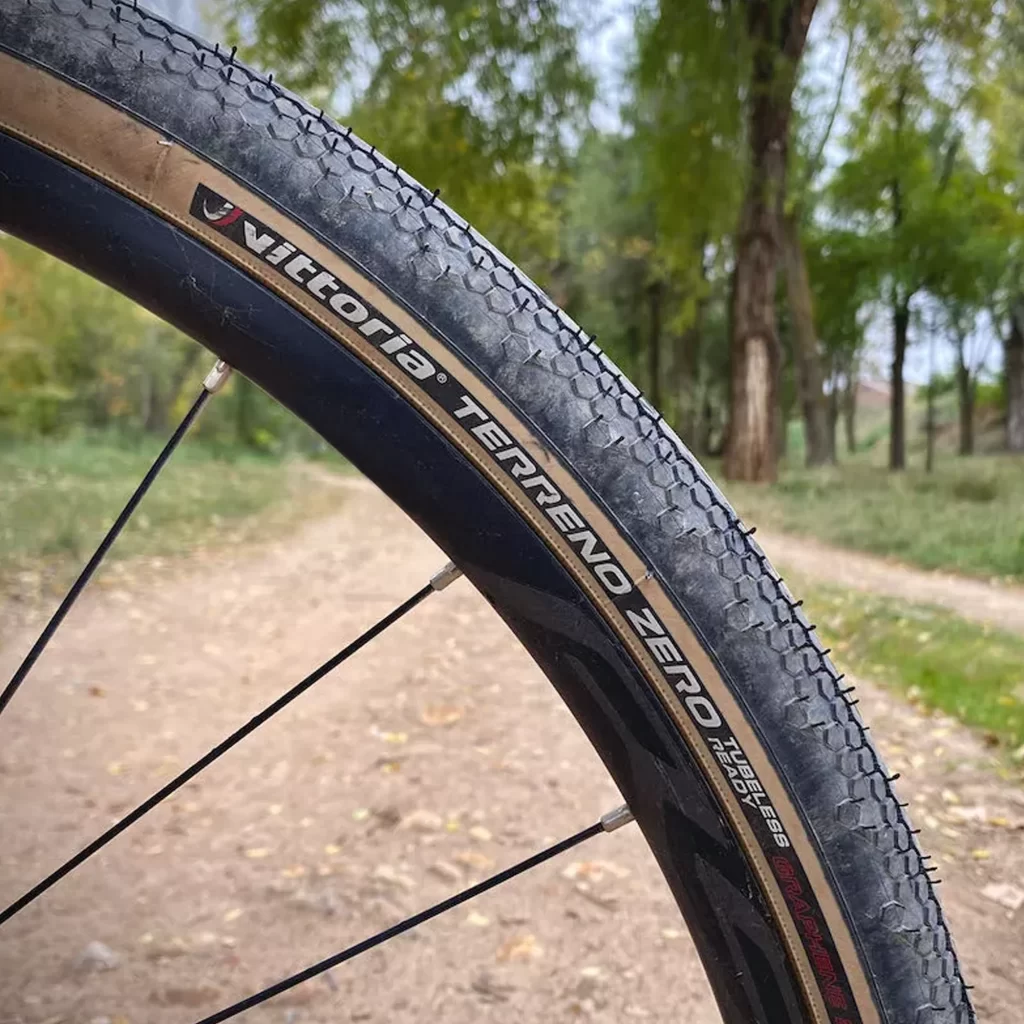
The Essence of Rolling Resistance
Rolling resistance is the energy lost due to the tire’s deformation as it rolls over a surface. In simpler terms, it’s the amount of resistance a tire encounters when it moves, which directly impacts how hard you need to pedal to maintain or increase your speed.
On gravel, where surfaces can vary from smooth, hard-packed roads to loose, chunky rocks, the challenge is finding a tire that offers the perfect compromise between low rolling resistance for efficiency and enough traction for safety and control.
Gravel Bike Tires: A Balancing Act
The design of gravel bike tires reflects a meticulous balance. They’re broader than road tires, providing more surface area for grip on unpredictable terrain, yet sport a tread pattern that aims to minimize rolling resistance without compromising on traction. This design philosophy ensures that cyclists can enjoy a relatively efficient ride without the fear of losing control on loose surfaces.
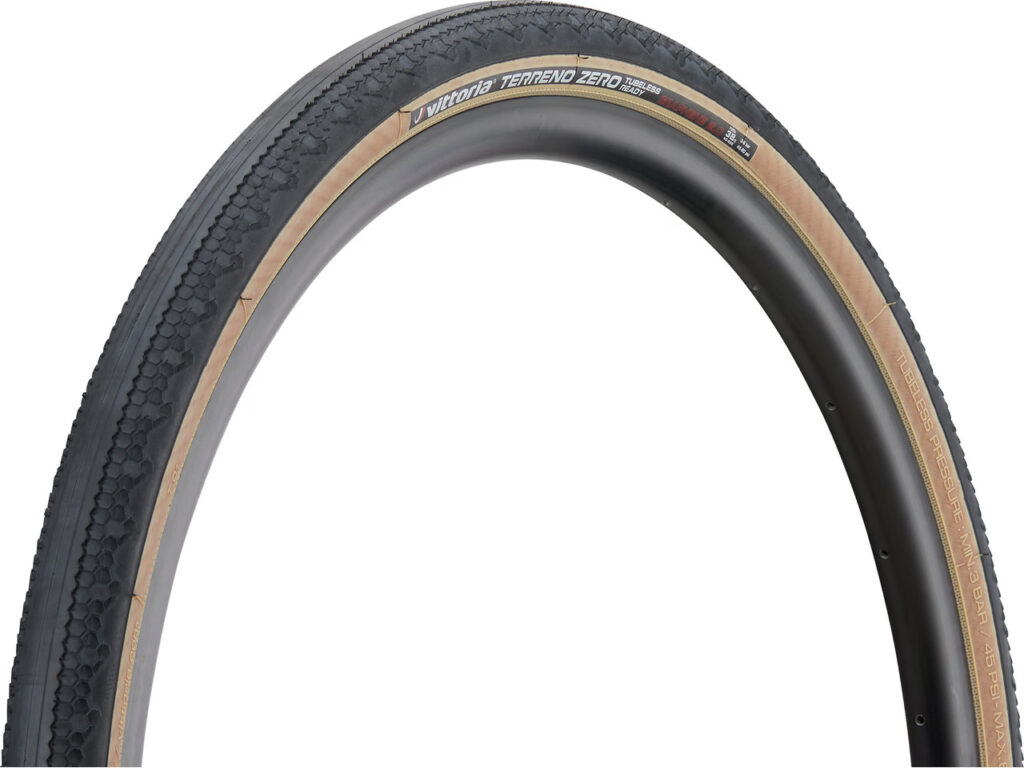
Efficiency and Speed: The Tire’s Role
In the context of gravel biking, efficiency isn’t just about energy conservation; it’s about making every pedal stroke count, ensuring that you can cover longer distances with less fatigue. Speed, on the other hand, is a byproduct of efficiency. A tire with optimized rolling resistance allows for quicker acceleration and higher top speeds, which is especially noticeable on flat or rolling terrain.
However, it’s crucial to remember that the lowest rolling resistance isn’t always the ultimate goal in gravel biking; instead, the aim is to find a tire that provides an optimal balance suitable for the vast array of conditions gravel riders face.
Best Gravel Bike Tires for Low Rolling Resistance
- Schwalbe G-One Speed: Designed for the ultimate in speed and efficiency on gravel, the G-One Speed combines a smooth, fast-rolling center tread with slightly aggressive side knobs for cornering grip.
- Panaracer GravelKing SS: The GravelKing SS (Semi-Slick) version is tailored for riders looking for speed. Its minimal tread pattern in the center reduces rolling resistance, while the slightly raised side knobs provide cornering traction.
- Continental Terra Speed: This tire is all about fast rolling on mixed surfaces. The Terra Speed’s micro diamond tread pattern ensures low rolling resistance on straightaways while offering sufficient grip on loose turns.
- Specialized Pathfinder Pro: The Pathfinder Pro features a center tread optimized for speed on hardpack and a shoulder tread that bites into the dirt for controlled turns, making it a versatile choice for varying gravel conditions.
- Vittoria Terreno Zero: With its unique tread design, the Terreno Zero is engineered for speed on hard and compact surfaces. The smooth rolling center ridge flies on hardpack, and the scale-like shoulder knobs handle off-road cornering.
Each of these tires offers a unique approach to minimizing rolling resistance, ensuring that gravel riders can maintain high efficiency and speed across a variety of terrain types. Whether you prioritize outright speed, versatility, or a balance between grip and rolling efficiency, there’s a tire option here to suit your gravel riding needs.
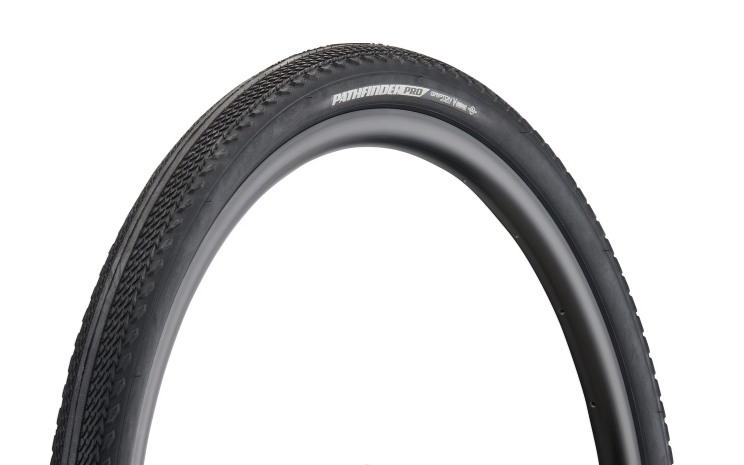
Choosing the Right Tire Pressure
Tire pressure plays a pivotal role in managing rolling resistance. Too high, and the bike becomes harsh and unyielding, bouncing off the gravel and losing energy with every shock. Too low, and the tire deforms excessively, increasing rolling resistance and the risk of punctures. Finding the right pressure is often a personal journey, influenced by rider weight, tire volume, and the specific gravel being ridden.
FAQ
What tyres are best for rolling resistance?
Tires with a smooth tread pattern and made from a supple, high-quality rubber compound are generally best for low rolling resistance.
What is the rolling resistance of bike tires?
Rolling resistance of bike tires refers to the energy lost due to the tire deforming as it rolls, affecting how much effort is needed to maintain speed.
Are gravel tires more puncture resistant?
Yes, gravel tires are often more puncture-resistant due to their thicker tread and sometimes reinforced sidewalls to withstand rough, uneven terrain.
Are 32mm tyres OK for gravel?
Yes, 32mm tires are suitable for gravel riding, providing a good balance between speed and comfort on varied surfaces, though wider tires may offer better traction and comfort on rougher trails.
Wrapping Up
Understanding and optimizing rolling resistance in gravel bike tires is essential for any cyclist looking to improve their efficiency and speed across mixed terrain. The key is finding a balance that suits your riding style and the typical conditions you encounter.
With the right tire setup, gravel biking can be an exhilarating experience that combines the thrill of exploration with the satisfaction of mastering technical challenges. As the gravel biking community continues to grow, so too does the wealth of knowledge and experience around how best to tackle the unique demands of this diverse discipline.
John
